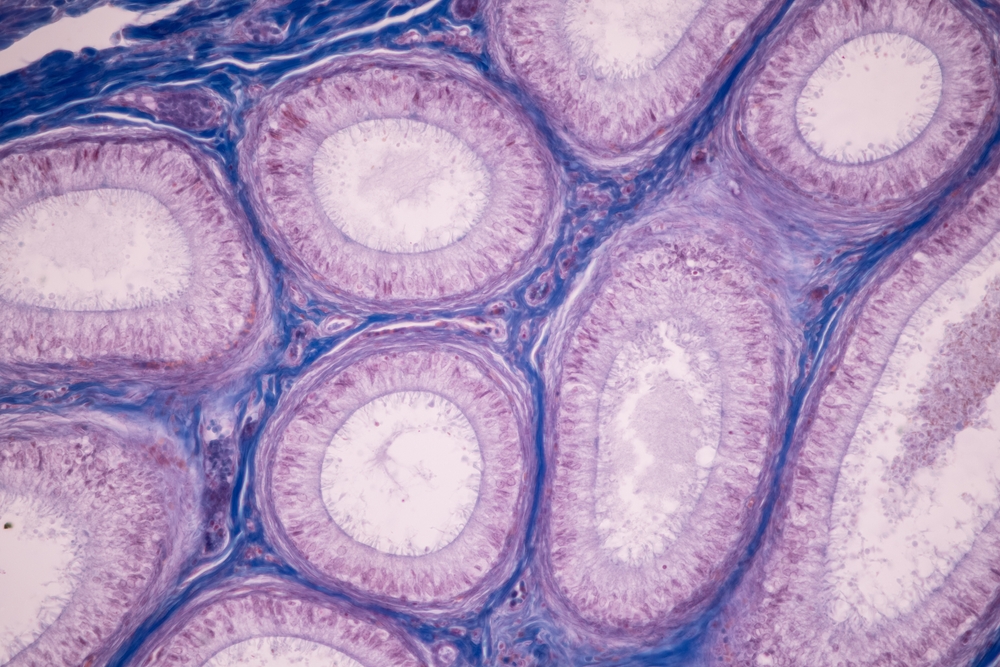
This operation is generally performed in cases of prostate cancer, testicular cancer, or chemical castration of sexual offenders. During the procedure, the capsule surrounding the testes is preserved while the sperm-producing part of the testes is removed, thereby maintaining the hormone-producing tissue.
Orchiectomy may be performed in the following situations:
The procedure is usually carried out under general or local anesthesia. During the operation, the surgeon makes an incision in the scrotum and carefully removes each testis. The capsule surrounding the testes is preserved while the sperm-producing part is excised. The incision is then closed with sutures.
The primary difference between subcapsular and scrotal orchiectomy lies in whether the capsule surrounding the testes is preserved. In a subcapsular orchiectomy, the capsule is preserved, while in a scrotal orchiectomy, the capsule is also removed. Subcapsular orchiectomy is generally preferred for prostate cancer treatment, whereas scrotal orchiectomy is more commonly used for treating testicular cancer.
Orchiectomyis relatively safe, but like any surgical procedure, it carries certain risks and side effects, including:
Orchiectomyis a significant surgical procedure. It is crucial to discuss all potential risks and side effects with your doctor before deciding to proceed. Additionally, planning for post-operative care and understanding how the procedure will impact your daily life is essential. For more detailed information, please contact EMPCLINICS.
The surgery is performed under anesthesia, so no pain is felt during the procedure. Post-surgery, mild pain and discomfort may occur but can usually be managed with painkillers.
Follow your doctor’s pre-operative instructions carefully. This usually includes blood tests, urine tests, and a health assessment. You may be asked to refrain from eating or drinking after midnight before the surgery.
Orchiectomy is mostly performed for testicular cancer, prostate cancer treatment, gender reassignment surgeries, or hormonal control purposes.